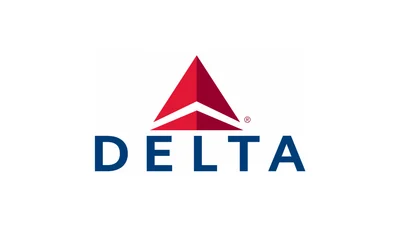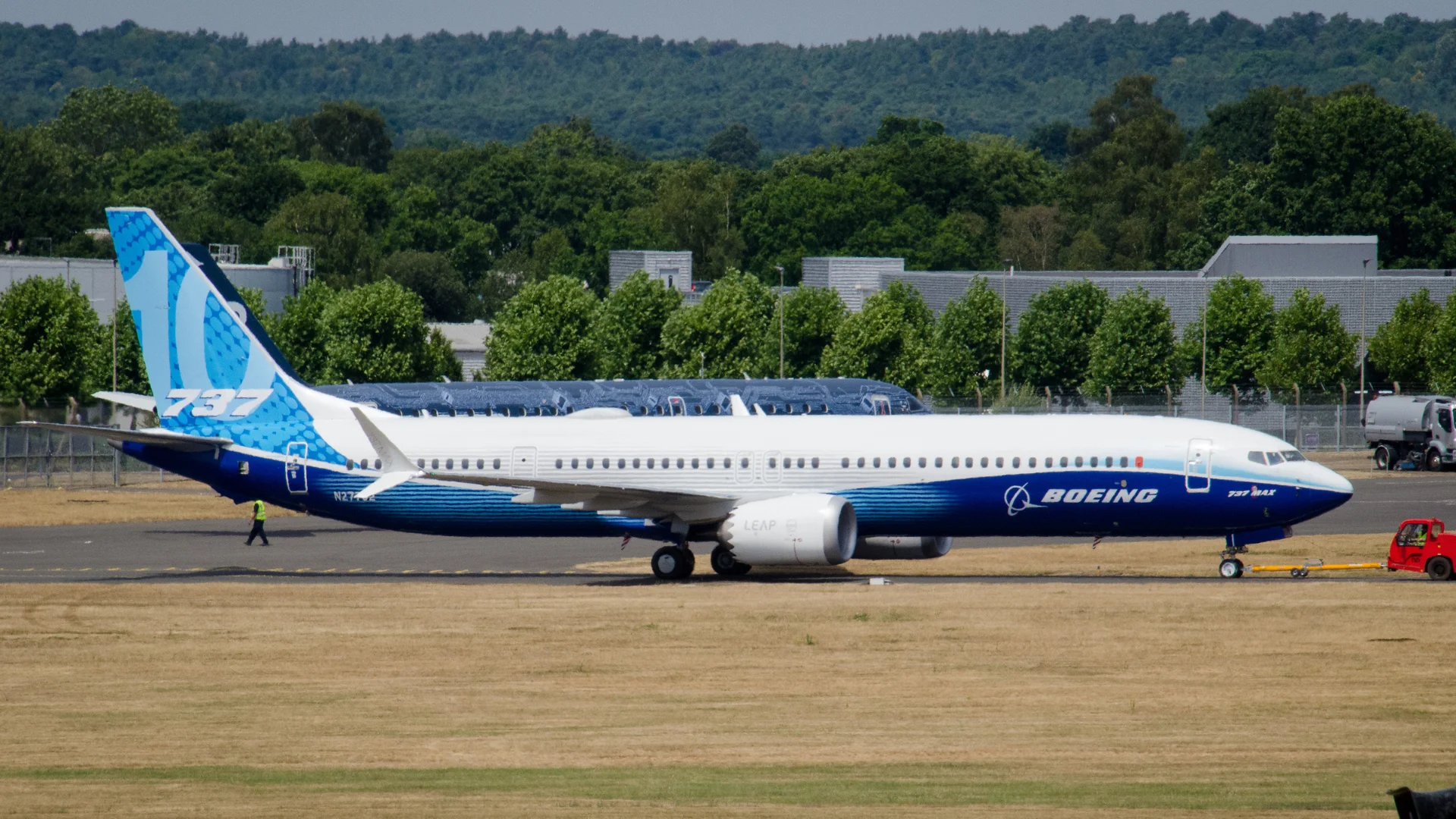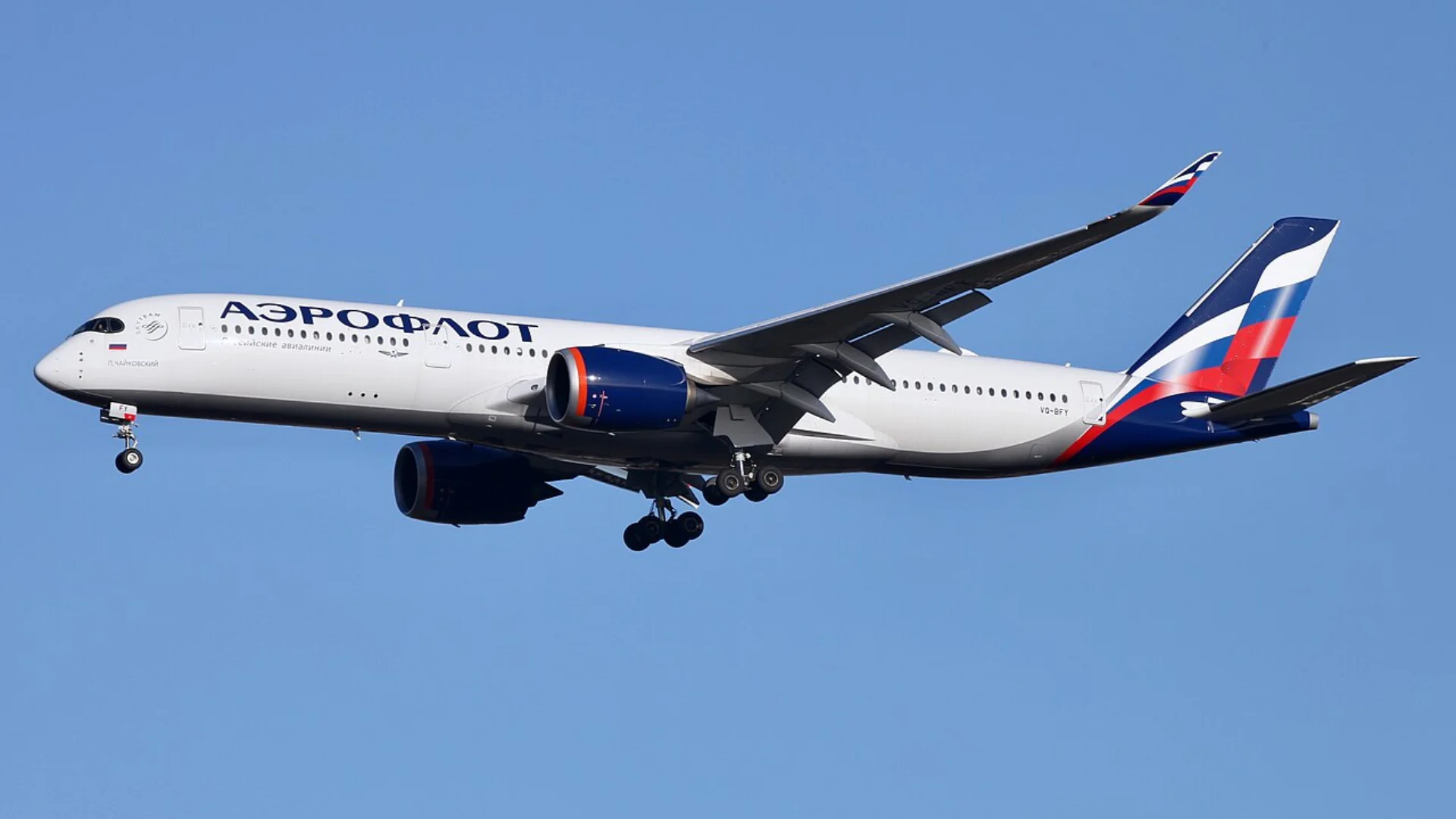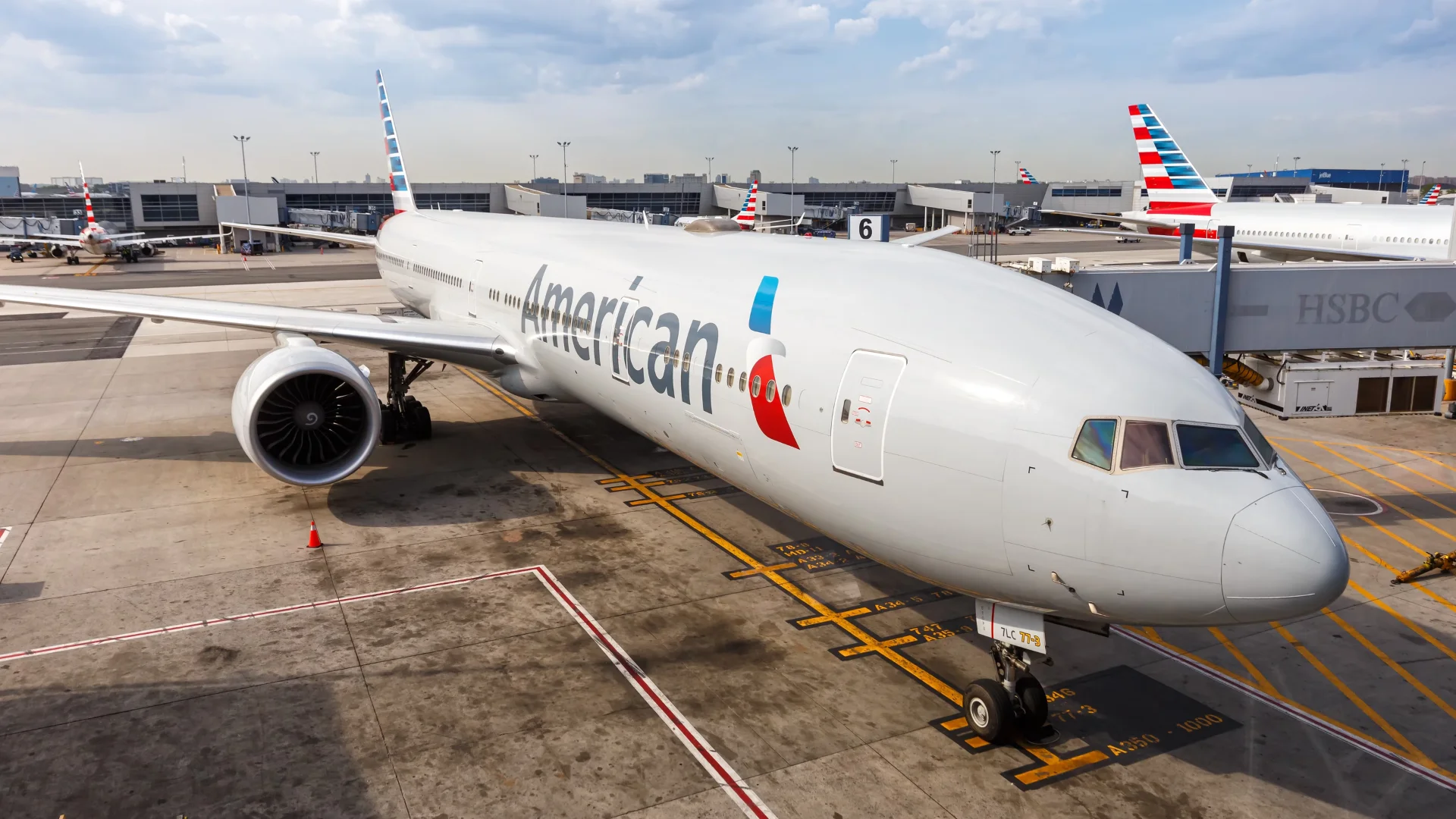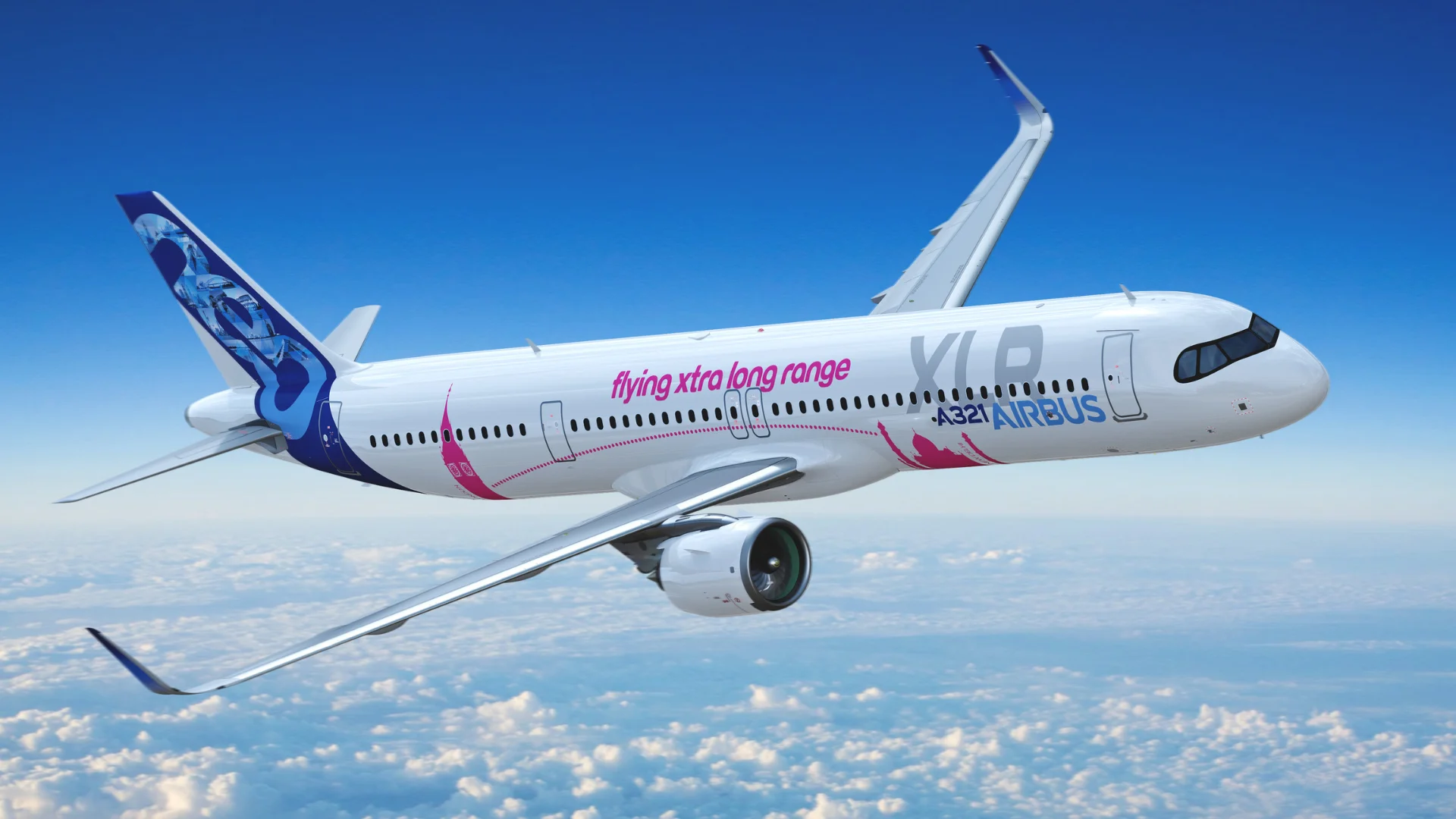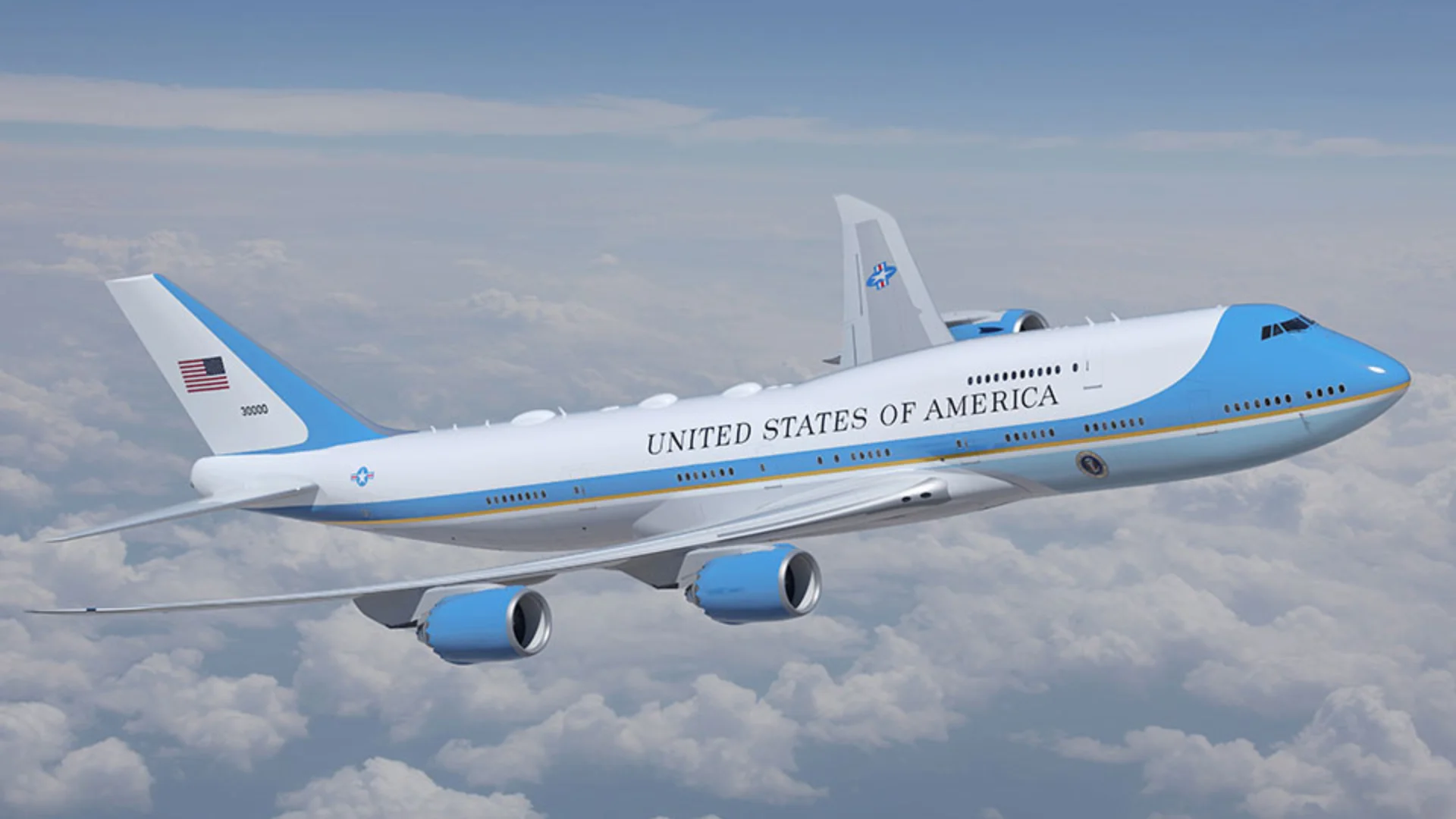One major challenge was related to engine reliability. The Pratt & Whitney JT9D turbofan experienced fan blade failures and compressor stalls during early testing phases. According to Airline Ratings, extensive redesigns were necessary before commercial use could be considered safe.
In addition to engine problems, structural challenges arose due to the aircraft's size. To address wing flutter—a dangerous aerodynamic oscillation—Boeing added depleted uranium counterweights to outboard engine nacelles. The sheer weight of the widebody jet also necessitated innovations in landing gear and structural materials.
Another significant hurdle was constructing a facility capable of housing such a large-scale project. The Everett facility in Washington State had to be built alongside aircraft assembly due to tight deadlines.
Financially, Boeing's venture into developing the 747 was risky; it became one of civil aviation's most expensive projects at that time. Over $2 billion was borrowed for development costs—a figure equivalent to more than $17 billion today—and if unsuccessful, could have led Boeing into bankruptcy.
Flight testing revealed additional system flaws requiring revisions before final certification. These included adjustments for emergency evacuation procedures after initial tests resulted in injuries among test subjects.
The development saga of Boeing’s 747 is notable not only for producing an iconic aircraft but also for taking on substantial risk compared with other aviation projects like Airbus A380 or even newer models like Dreamliner 787 which faced different types of challenges post-launch.
Despite these adversities—from financial strain through technical difficulties—the legacy left by overcoming them speaks volumes about resilience within engineering circles today: “The pressure on workers was immense," reflecting how much effort went into bringing this vision alive under extreme conditions."
Today remembered fondly not merely because they flew high but because they surmounted seemingly insurmountable odds along their path towards becoming integral parts within modern-day transport networks worldwide; over fifteen hundred units delivered across various versions stand testament both historically speaking while continuing operations primarily freighters globally still showcasing what once seemed impossible achievable indeed!
###
 Alerts Sign-up
Alerts Sign-up





















